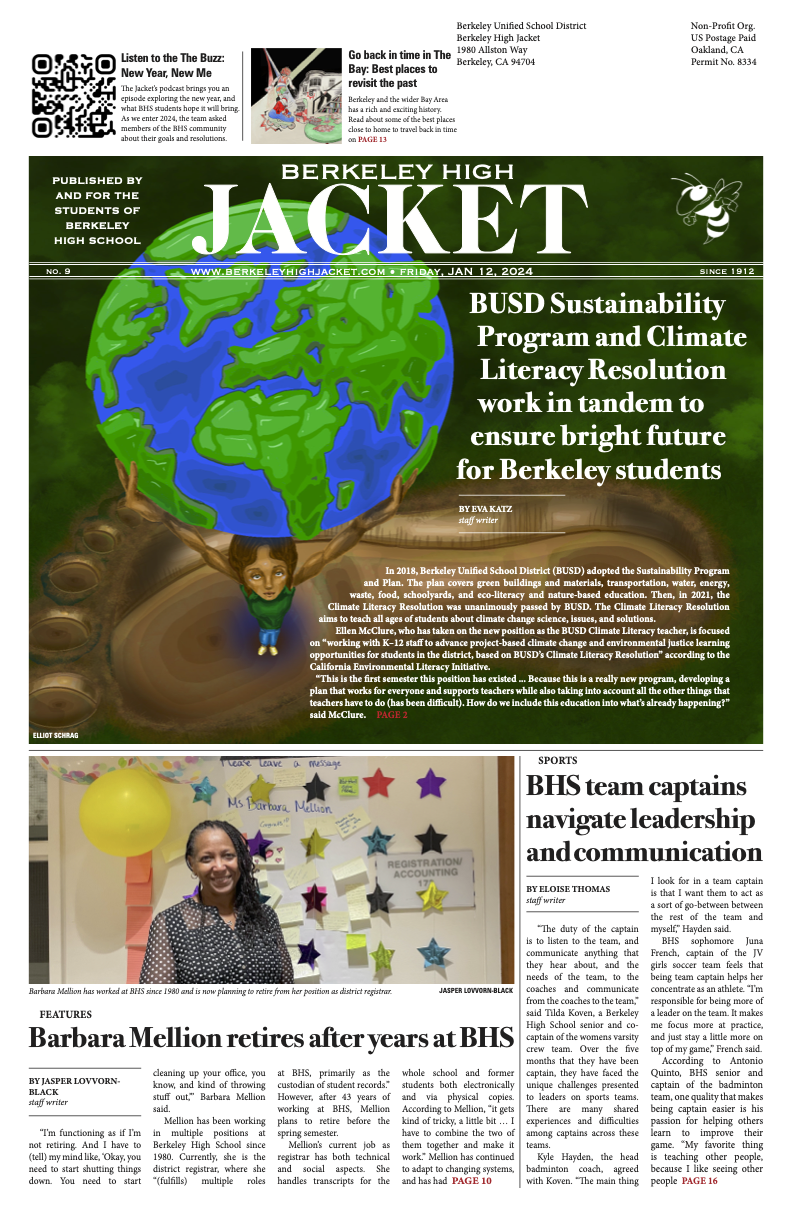In all of my columns I’ve written about what biomedical engineering can do for humans and what humans are doing for it. But this one is about biomedical engineering in the “natural” world.
Animals like mice have been known to be used for testing different vaccines and medical technology. Animals are commonly used to develop medicines for diseases. Everyone’s favorite vaccine — the COVID-19 vaccine — was developed this way with mice, ferrets, Syrian hamsters, pigs and non-human primates.
Researchers at the University of California, Davis are developing procedures to regrow damaged jawbones in dogs using a combination of regrowth stimulating proteins and titanium plates. The proteins heal and regrow bones and the plates are like a guiding mold.
Some scientists use a process called disease modeling to simulate diseases that affect humans like cancer, diabetes and Alzheimer’s in animals to compare data to these diseases in humans and understand how to better combat them.
Animals are also used for research in genetic engineering. Salmon in farms are genetically modified to grow to larger market sizes. GalSafe pigs were developed to not have a sugar molecule that could trigger allergies in humans. Some genetically modified chickens are engineered to resist avian flu, and from December 2024 to February 2025 over 53 million were killed by avian flu. There are not yet figures of how many chickens with this gene alteration die of avian flu each year because it’s still a product in testing and the chickens it’s used on are not commercially available.
There is also a relatively new field emerging in biomedical engineering with a focus on applying veterinary medicine and engineering practices to “wild animals.” Included in the field is GPS monitoring, which has had many variations throughout the years. Behavioral monitoring and marine telemetry are other forms.
GPS monitoring is pretty much what it sounds like, engineers make small durable trackers that monitor animal movement and migration patterns to learn more about an animals habits and protect the species.
Behavioral monitoring uses sensors to detect animals changing behavior — which we know thanks to GPS monitoring. Then we can see how animals react to human interference.
Marine telemetry uses acoustic technology to track sharks and rays by attaching small transmitters to marine wildlife to send signals to scientists and help us understand their migratory behavior and how they may be affected by climate and habitat changes.
Bioengineers are making tech to alter an animal’s genes. Their main goals are to prevent extinction and increase the affected animals’ resilience to predators and climate change.
Biomedical engineers and bioengineers are using their “powers” to help animals survive increasingly harsh environments and lifestyles. Others are using their knowledge to test life saving vaccines on animals. All of this goes to show how the “natural world” can be changed with just a little engineering and insanity.





